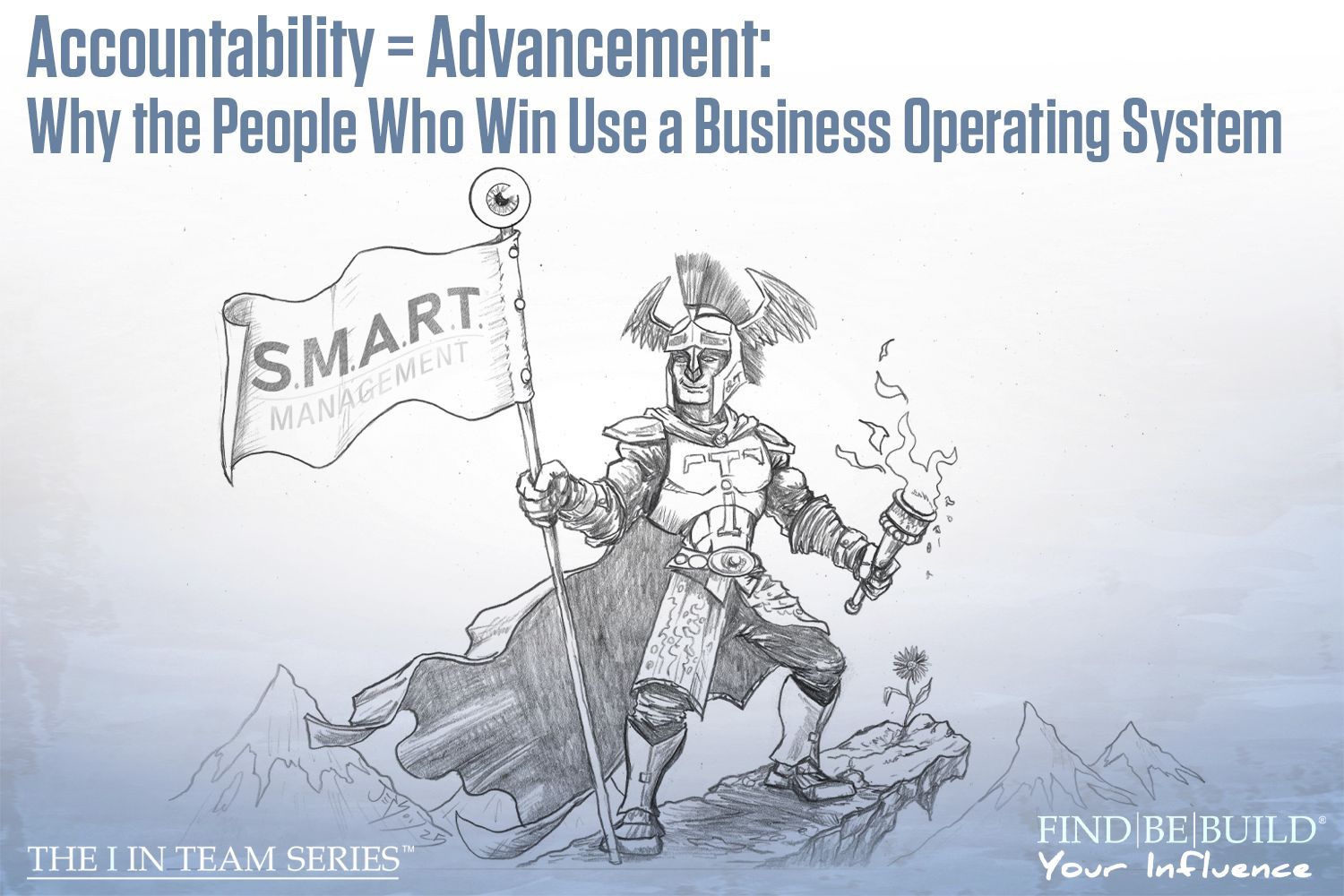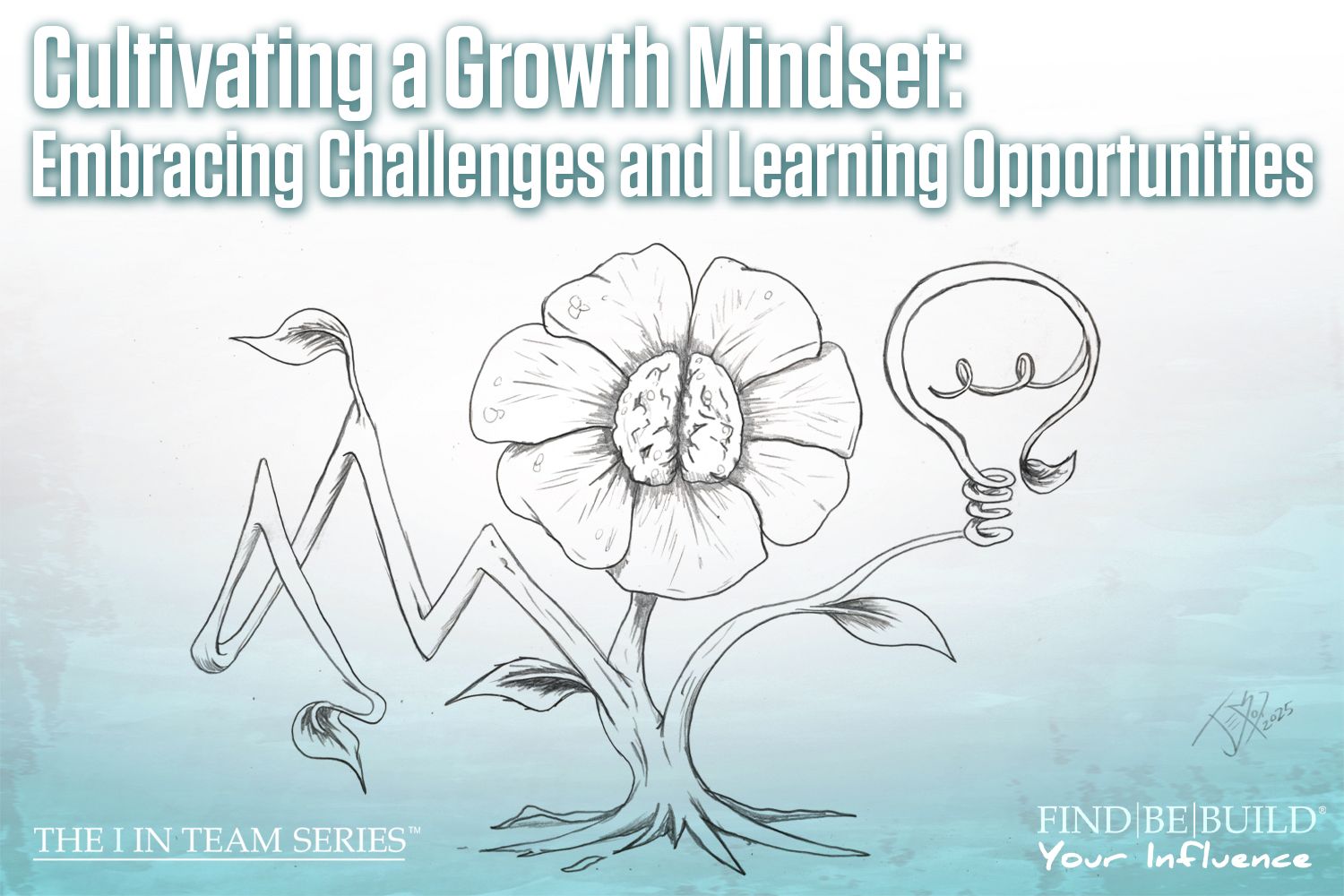SETTING S.M.A.R.T. GOALS

SMART goals for business consulting
Hi team, Mary here! With 2021 right around the corner, now is the time people start considering their New Year’s resolutions. Personally, I prefer to call them New Year’s goals because I think goals are easier for people to deal with, they are less likely to be given up on because they are adaptable, and they can feel more rewarding when reached. Additionally, I think New Year’s resolutions have a negative connotation to them; roughly 80% of people give up on their resolutions by February, so it seems societal norm is to create resolutions but not stick to them. If we start planning goals, perhaps we won’t give up on them. With the new year right around the corner, let’s start creating our S.M.A.R.T. (specific, measurable, attainable, realistic, timely) goals now.
Choosing Your Goal
Some of the most common New Year’s goals are:
- Go to the gym regularly
- Lose weight/diet
- Work on mental health
- Get a new job
- Buckle down on finances
- Manage stress
- Improve a relationship
- Quit smoking/drinking
So, does that mean you have to set a common goal? Heck no! Choosing your goal is personal and should relate to how you want to grow. It can absolutely be a common goal, because making our minds and bodies healthier is a great way to grow, but it can also be an obscure goal that means something to just you. You may want to learn a new style of cooking, read a book series, go back to school, climb a mountain, run a 10k, practice or learn a new art, or anything you want it to be. Your goals should reflect who you want to be and how you want to grow.
My 2020 goals were to figure out grad school, read for an hour every week, write and release one song, and finish my crochet blanket. I’m happy to say, I did figure out grad school! With the help of some trusted friends and loved ones, I enrolled for my master’s in organizational leadership. However, once I realized how hard learning to write music was, I adjusted my goal to continue learning about music. When my hand started cramping up from crocheting, I adjusted my goal to work on my crochet blanket (it’s massive, like king-sized, so finishing it is going to take a long time). I didn’t read fiction for one hour every week, but I didn’t give up on the goal; I still read every week for at least one hour and read my fiction book when I can fit it into my schedule. Don’t be afraid to adjust, but don’t give up.
Specific
Once you have decided on your goal, it’s time to make your goal specific! Ask yourself these questions and write down your answers:
- Who is involved in this goal?
- What do I want to accomplish with this goal?
- Where will this goal be achieved?
- When do I want to achieve this goal?
- Why do I want to achieve this goal?
It’s vital that your goal is specific, otherwise you might lose sight of what you are working towards. It also needs to be specific enough to follow the rest of the S.M.A.R.T. process.
Measurable
If you can’t measure it, you can’t control it. Making sure you have metrics to measure your goal will help you reach your goal. It will also propel you forward towards the end. If you don’t have a way to measure your progress, you may become discouraged half-way through and give up. For example, if your goal is to lose weight, what would your metrics be? For one, you can weigh yourself and tangibly see your weight loss, but you can also measure your calorie intake and how many calories you burn during exercise.
Ask yourself these questions and write down your answers:
- How many/much X will I need?
- How will I know I have reached my goal?
- What will I use to be an indicator of progress?
Attainable
Your goal should stretch your abilities without stretching you so thin it makes the goal unattainable. For example, I could set the goal of becoming an astronaut. Becoming an astronaut is certainly attainable. In the S.M.A.R.T. process, attainable and realistic go hand-in-hand so be sure to keep a close eye on these sections. Yes, becoming an astronaut is technically attainable because other people have done it, so I could do it too. But is it realistic?
Ask yourself these questions and write down your answers:
- Do I have the funds/resources/capabilities to reach this goal?
- If not, what am I missing or how can I get it?
- Are there any roadblocks that could prevent my goal from being attainable?
Realistic
Setting a realistic goal means setting a goal that can be achieved given the resources and time you have. So, continuing our example above, I could, technically, become an astronaut. However, am I in a position to become an astronaut? Am I astronaut material? Am I willing to go back to school, start my career from scratch, and spend more than a decade trying to reach my goal? Probably not. It’s not a realistic goal because I’m not willing to dedicate the time to achieve the goal, I probably wouldn’t be that good at advanced science and math, and even then I may not even get up into space so I would have to be content simply working for NASA or another space related company.
Ask yourself these questions and write down your answers:
- Is my goal realistic?
- Is this goal worth my time?
- Is this goal worth my money?
- Is this the right time to try to reach this goal?
- Does this goal match other efforts/needs?
Timely
All goals need a definitive start and end date. If there is no timeline, there will be no sense of urgency; hence, less motivation to reach the goal. When I set my 2020 goals, they all had a deadline of the end of the year. Looking back, I didn’t create all my goals around S.M.A.R.T. or I would have known that releasing a song would be nearly impossible. However, my hand cramping up during crocheting is not something I could have foreseen, so I adjusted my goal’s timeline. Your timeline should be in line with what you need from that goal.
Ask yourself these questions and write down your answers:
- Does my goal have a deadline?
- When do I want to achieve my goal?
- What else is going on in my life that could prevent me from hitting this goal in this time frame?
Conclusion
Now’s the time to start planning for your 2021 goals and I want you all to feel like achievers in reaching your goals. Don’t follow society and set goals for yourself just to never see them fulfilled. Doing so will just make setting goals harder and more discouraging because you train yourself to not meet your goals. You literally program yourself to think it’s okay to set goals and not meet them. I promise, once you set a goal and meet that goal, you’ll be changed. Looking back at your past self and knowing you made it is a reward worth having. Trust me, I’m so happy to be in school and at the beginning of 2020, I was sure that was a goal I would give up on.












